# taxfiling
12 posts in `taxfiling` tag
.jpg)
Income Tax Notice under Section 143(2): Meaning, Scrutiny Process, Deadlines & Response Guide
Have you received a notice under Section 143(2)? Don’t panic. This blog explains what it means, why it’s issued, the deadlines to track, and how to respond effectively ensuring you're well-prepared for any scrutiny with confidence.
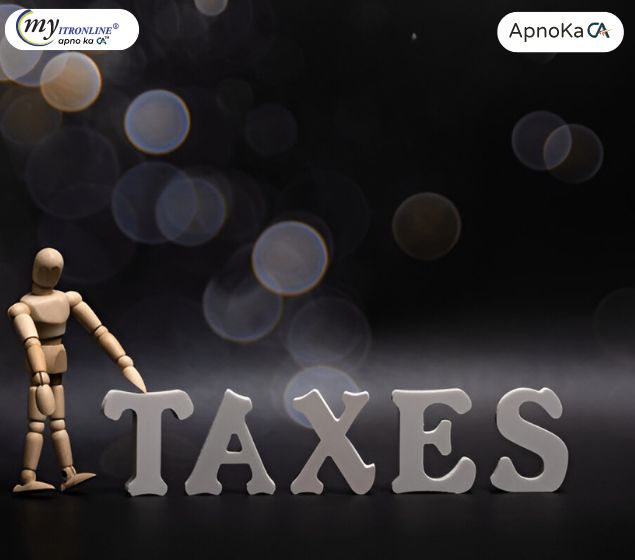
Form 10B Guide for Trusts (AY 2025-26)
This comprehensive guide explains Form 10B, an essential audit report for charitable/religious trusts, educational institutions, and hospitals under the Income Tax Act (2025). It details who needs to file it (especially those with over ₹5 crore income, foreign contributions, or income applied outside India), its key contents, the step-by-step online filing process, and the crucial September 30, 2025 due date for AY 2025-26. The synopsis also highlights the severe consequences of non-compliance, emphasizing the report's vital role in maintaining tax-exempt status and ensuring financial transparency.
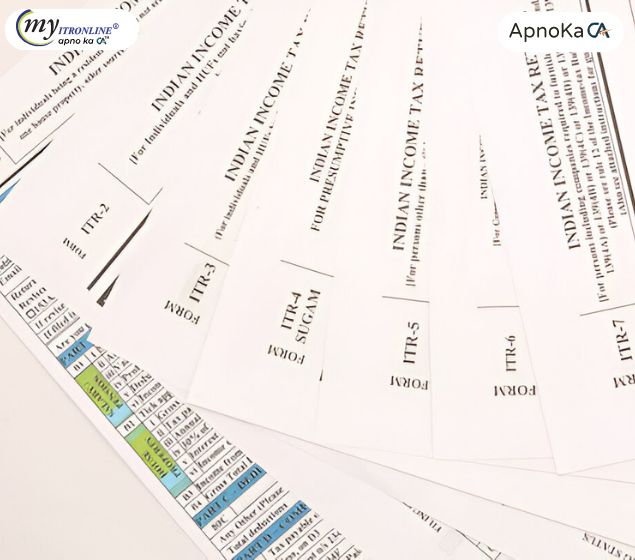
Understanding ITR Forms (ITR-1 to ITR-7) for AY 2025-26: Selecting the Appropriate Form for Your Earnings
This blog post serves as a comprehensive guide to selecting the correct Income Tax Return (ITR) form (ITR-1 to ITR-7) for Assessment Year 2025-26 (Financial Year 2024-25). It begins by emphasizing the importance of choosing the right form to avoid penalties and highlights the extended filing deadline for individuals and HUFs. The post then details important updates for AY 2025-26, including changes to LTCG reporting in ITR-1/4, compulsory detailed disclosures for old regime deductions, new TDS section requirements, revised asset reporting thresholds, and the default new tax regime. A simplified overview of applicability and exclusions for each ITR form (ITR-1 to ITR-7) is provided. Finally, it uses seven practical case studies to illustrate how different taxpayer profiles (salaried, freelancers, businesses, firms, companies, trusts) can correctly identify their applicable ITR form. The synopsis concludes by advising readers to consult official guidelines and tax professionals for accurate filing.
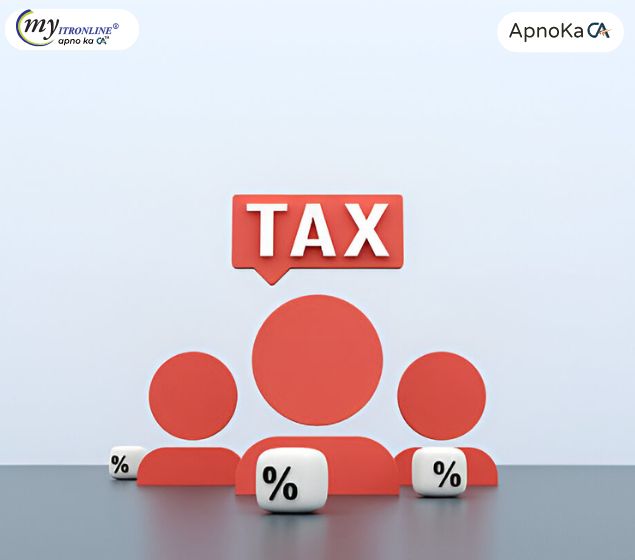
Disability Deductions (80DD & 80U) AY 2025-26: Your Certificate Acknowledgement Number is Now a Must-Have!
This blog post details a critical update for Indian taxpayers claiming deductions under Sections 80DD and 80U for disability for Assessment Year (AY) 2025-26. It highlights the new mandatory requirement to furnish the disability certificate's acknowledgement number in the Income Tax Return (ITR). The post explains the significance of this change for verification and compliance, provides a clear checklist for taxpayers, and outlines essential documentation beyond the acknowledgement number, ensuring a smoother tax filing process under the Old Tax Regime.
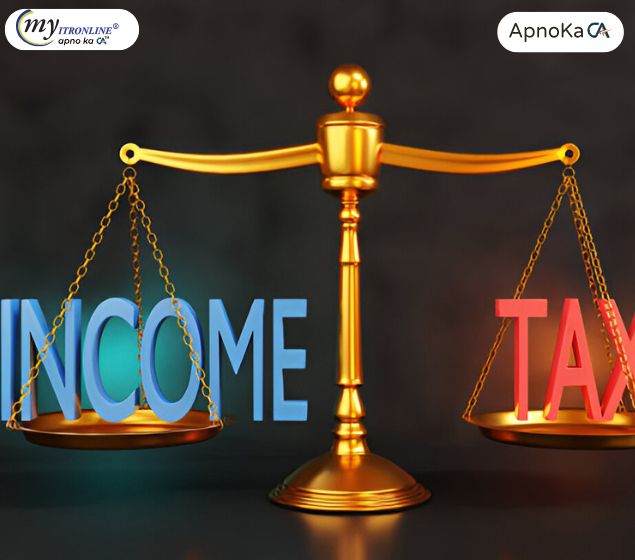
Ready to File? ITR-1 & ITR-4 for AY 2025-26 Enabled!
This blog announces the commencement of ITR-1 and ITR-4 filing for AY 2025-26, highlighting both online pre-filled data and Excel utility options. It clarifies who should file each form and details the key due dates (July 31st standard, September 15th for audited cases), encouraging early filing with a call to action for myitronline services.

New Rules for ITR-1 & ITR-4: Your AY 2025-26 Guide (Old Tax System)
This comprehensive blog post outlines the significant changes introduced by the Income Tax Department for Assessment Year 2025-26 (FY 2024-25) concerning ITR-1 (Sahaj) and ITR-4 (Sugam) under the Old Tax Regime. It details the newly mandated annexures for claiming various deductions, including HRA, Section 80C, 80D, 80DD, 80DDB, 80E, 80EE, and 80EEB. Readers will find crucial information on the new required fields for each section, key points to remember for seamless e-filing, common validation errors to avoid, and important deadlines. The post emphasizes the importance of accurate data submission and retaining supporting documents to ensure tax compliance.
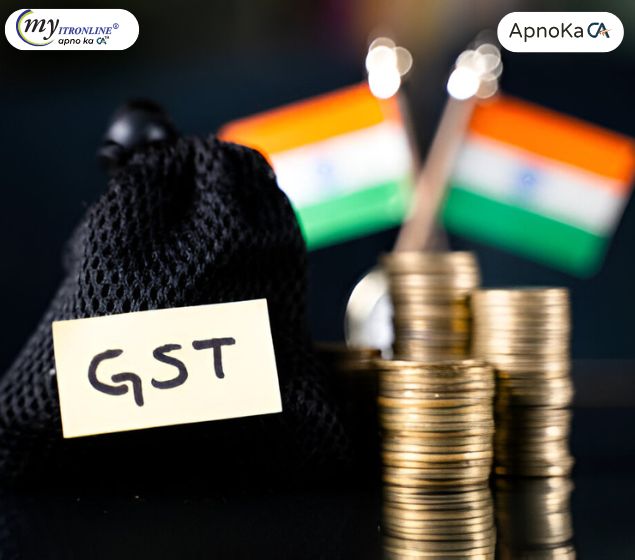
New GSTN Rule: Consolidated B2C HSN Summary Required in GSTR-1
The recent Infosys GSTN update has made it mandatory to include a consolidated HSN (Harmonized System of Nomenclature) summary for all B2C (Business-to-Consumer) transactions in GSTR-1 filing. Earlier applicable mainly to B2B and high-value B2CS invoices, this significant change now requires businesses to classify and report even small B2C sales by HSN code. The update aims to improve transparency, data accuracy, and tax compliance. This blog details the key implications for businesses, steps for reporting the B2C HSN summary in Table 12 of GSTR-1, HSN digit requirements, and best practices to ensure seamless compliance under the new GST regime.
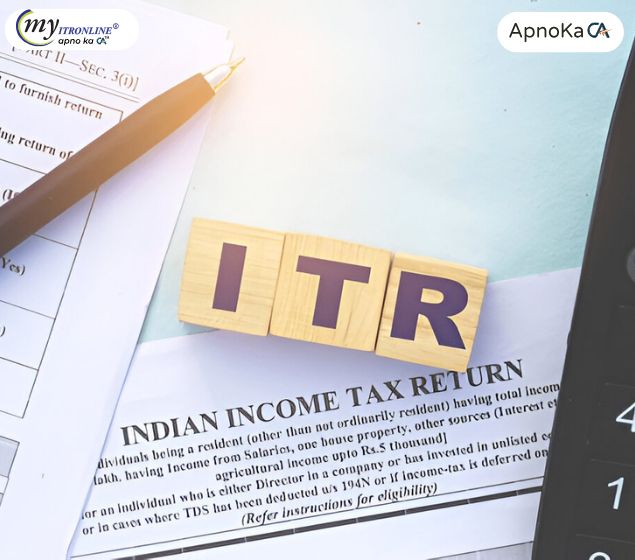
Major Update: You Can Now File ITR-U for the Past Four Years!
The Income Tax Department has announced a monumental extension for ITR-U (Updated Income Tax Return) filing, allowing taxpayers to rectify errors or omissions for up to four previous years instead of the prior two. This blog delves into what ITR-U is, the new extended deadlines, who is eligible to file, situations where it cannot be filed, the associated additional tax liability, and the myriad benefits this flexibility offers for enhanced tax compliance and reduced legal complications.
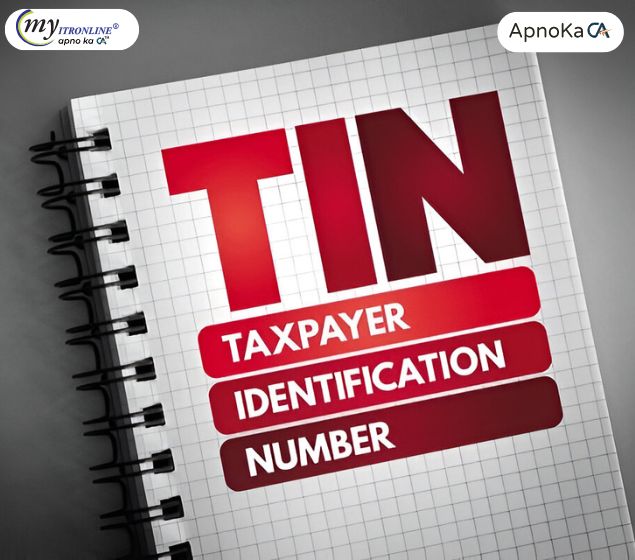
Understanding TIN: Importance, Application, and Verification Explained
This blog explores the crucial role of Tax Identification Numbers (TINs) in global tax systems. It explains what a TIN is, its significance, where and how it is used, how to apply for one, and the ways to verify its authenticity. Designed for individuals and businesses alike, it highlights why accurate TIN usage is vital for efficient tax compliance and administration.
.jpg)
Attention GST Filers: Understanding GSTN's May 2025 Advisory on GSTR-3B Table 3.2
This post explains the GSTN advisory from May 2025 regarding Table 3.2 of GSTR-3B. It covers the table's purpose (reporting inter-state supplies to unregistered persons, composition taxpayers, and UIN holders), the previous plan for auto-population and making the table non-editable, the recent deferral of this change due to taxpayer feedback, and highlights the continued importance of accurate GSTR-1 filing despite Table 3.2 currently remaining editable. It serves as a guide for GST filers on this specific clarification.

AY 2025-26 Tax Guide: Important Updates for Senior Citizen Filers
This blog post provides an essential guide for senior citizens regarding their tax filing for Assessment Year 2025-26 (FY 2024-25). It explains the choice between Old and New tax regimes, highlights key tax benefits like higher exemption limits and specific deductions (80TTB, 80D), details the ITR filing exemption under Section 194P for those aged 75+, clarifies applicable ITR forms, and touches upon important upcoming changes for AY 2026-27, empowering seniors with crucial tax information.
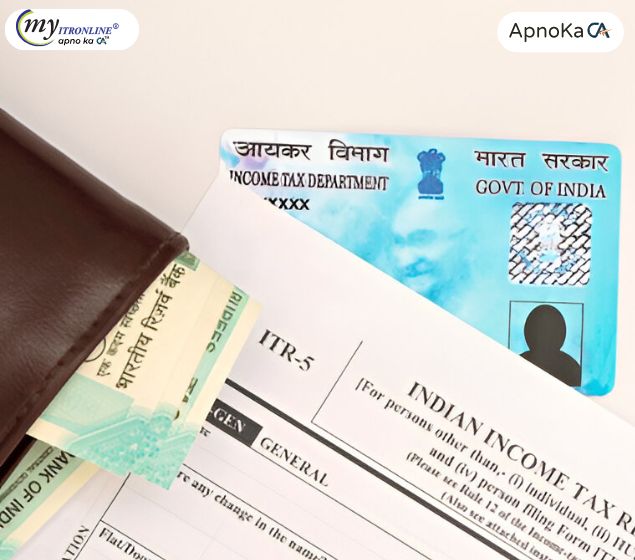
Income Tax Filing 2025-26: CBDT Rolls Out Revised ITR-V and Acknowledgement Forms
The Central Board of Direct Taxes (CBDT) has introduced significant updates to the Income Tax Return Verification Form (ITR-V) and the ITR-Acknowledgement form for Assessment Year 2025-26, effective retroactively from April 1, 2025. These changes, announced under Notification No. 45/2025, are part of the Income-tax (Seventeenth Amendment) Rules, 2025, and are designed to streamline e-filing and verification, enhance security, and promote paperless tax administration. Key features include detailed verification options, improved security, comprehensive return summaries, and a strong emphasis on electronic verification, ensuring a faster, more convenient, and compliant tax filing process for millions of taxpayers.
